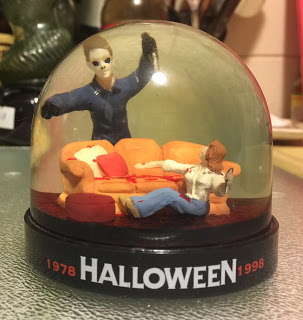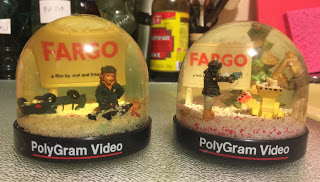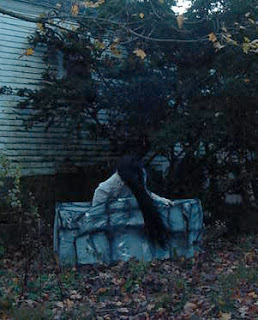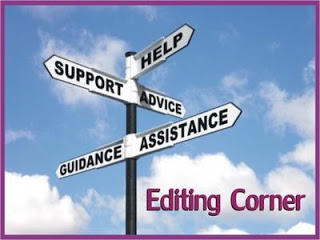‘Tis the season again! Time for scary stuff.
At the moment I’m up to my eyeballs finishing up the final chapters of Blind-sided, the second of my Medusa’s Consortium novels. Almost as scary as the demons and monsters is the fact that I need it finished by the end of this month. GAK!
The truth is, I’m lost in the writing and enjoying it way more than I could have ever imagined I would have a few years ago. I’m the one who never thought I’d write vampires. In fact, I balked at writing paranormal in general until I realized that paranormal is the perfect place to explore the darker side of the erotic without all the rules and regulations that restrict contemporary erotic fiction. There are several aspects that particularly attract me.
The first and the most obvious is that no one insists on vampires and shifters and other scary dudes wearing condoms. It’s pretty much a given that there is nothing safe about fucking a vampire or a werewolf, and if the whole idea doesn’t scare the reader as much as it turns her on, then it’s not proper paranormal, is it?
And that brings me to the second reason I love to read and write paranormal — the very close relationship between fear and arousal. The iconic sex scene between the young and beautiful couple in a horror movie is always followed by the ghoul, serial killer or other baddie feasting on the lovers in a horrible way. I suggest that a part of what is so arousing about paranormal sex is the breaking of so many taboos, the attraction to something that the world says should horrify us. And it is horrifying – of course it is, and yet we Just. Can’t. Resist!
The rules of what is forbidden by most publishers don’t apply to paranormal erotica. Some of the most erotic scenes I’ve ever read are of vampire taking blood from or giving blood to their lovers. Blood is the river of life. It contains the magic of who we are as individuals, and yet we don’t have to lose a whole lot if it until we die. That it’s all contained in such a fragile sensitive reservoir as the human body only amplifies its preciousness and its power.
The final fascination for me is that the erotic paranormal is the perfect place to explore dubious consent and loss of
control. When dealing with vampires, demons, witches and magic, is consent ever less than dubious? And is there any other place to explore safely that total loss of self control, that giving oneself over to the forbidden?
The truth is that while we might be happy to dabble in the darker side of our sexuality, on a fundamental level, the very act of sex is frightening. It is the losing of self in the other, the opening to the unknown. It is the allowing ourselves to be more vulnerable than we are in any other act. It is the giving up of control. All of these elements are, by nature, a part of sex — sex that carries at its core both the possibility of conception and of death.
That all we fear and all we desire in sex can be raise to the nth degree when placed in a paranormal setting and examined from the intimately terrifying safety of a book is a vicarious experience that allows us to explore the darker side of our desires, of our humanity. I would suggest that there are few better ways to explore our humanity than taking an erotic journey with the monsters, who are more like us that we can easily admit.














